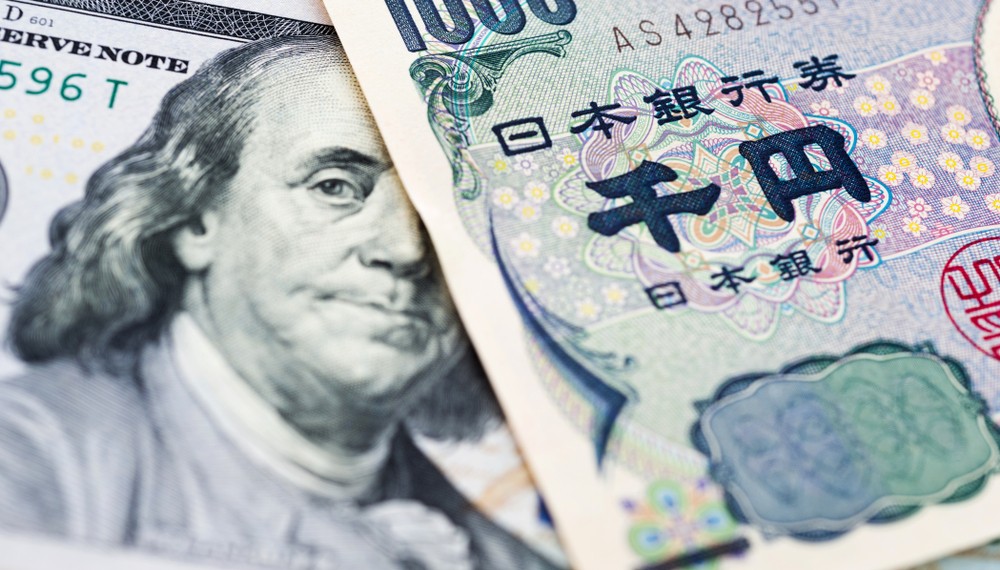On Monday, the U.S. dollar was solidly higher than a basket of other currencies as mounting COVID-19 cases in China prompted tougher regulations and dampened market mood worldwide.
China is dealing with a lot of COVID flare-ups. This has helped the dollar, which is a haven during economic uncertainty worldwide. Against the Japanese yen, the dollar was up 0.5% to 141.07, its best level since November 11. The euro was trading at $1.026 versus the dollar, down 0.62%.
COVID-19 and Global Markets
An important source of volatility will continue to be the forecast for China’s zero-COVID market, according to Carol Kong, a currency analyst at Commonwealth Bank of Australia (OTC: CMWAY). If more limitations are imposed, it seems Chinese officials are still suspicious of potential reopening.
According to experts at Commerzbank (ETR: CBKG), the dollar was also somewhat recovering following a recent severe decline. The dollar index, which compares the dollar value to its main competitors, is down more than 6% from its October 20-year high. Bets that the U.S. Federal Reserve would reduce its interest rate rises have increased due to a decrease in U.S. inflation last month.
On Monday, the index was still around 12% higher than it was for the year. Bond yields have edged higher in 2022 as the Fed aggressively raises rates and pulls money back into dollar-denominated fixed-income investments. The onshore yuan opened at 7.1451 per dollar before falling to a low of 7.1708, its weakest since Nov. 11.
Cryptocurrencies generally continued to be under pressure, with bitcoin down 1.6% to $16,003. According to bankruptcy documents, FTX owes its 50 largest creditors close to $3.1B as the defunct cryptocurrency exchange evaluates its global assets comprehensively. Last seen at $1.182, sterling was down 0.51% for the day. New Zealand’s currency dropped 0.44% to $0.613, while the Australian dollar dropped 0.49% to $0.664 against the US dollar.









COMMENTS